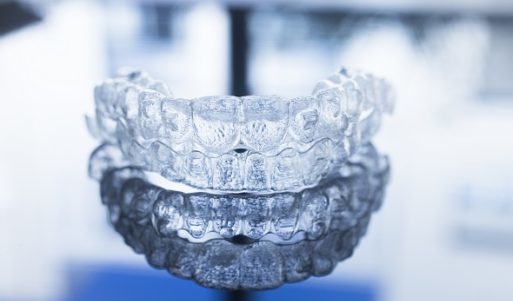 As you begin narrowing down the cosmetic care solution that is best fitted to your hopes and dreams for your grin, you will find that certain treatments can at first cause a little bit of confusion. This is often the case when patients start learning about dental bonding and dental contouring. Why? Well, they’re easy to mix up because they happen to share a lot of similarities. Only, they’re not the same treatment. Fortunately, once you get the basics down, you’ll have no trouble distinguishing between the two or making choices for your smile. (Note: Remember, you may use one treatment or both, depending on your needs).
As you begin narrowing down the cosmetic care solution that is best fitted to your hopes and dreams for your grin, you will find that certain treatments can at first cause a little bit of confusion. This is often the case when patients start learning about dental bonding and dental contouring. Why? Well, they’re easy to mix up because they happen to share a lot of similarities. Only, they’re not the same treatment. Fortunately, once you get the basics down, you’ll have no trouble distinguishing between the two or making choices for your smile. (Note: Remember, you may use one treatment or both, depending on your needs).
The Similarities
How exactly are dental bonding and dental contouring the same? Let’s fill you in with a quick yet helpful list:
- Bonding and contouring are both appreciated by patients for their budget friendliness
- Both of these cosmetic dentistry treatments allow you to treat small issues with the esthetics of your smile, whether one or multiple problems exist
- These treatments are both completely comfortable and generally require just one office visit
The Differences
Now, you know that dental bonding and contouring are quite similar in a variety of ways. However, the specific ways in which they help repair the cosmetic quality of your smile is where you can truly see how each is very unique. Consider the following:
- Bonding: Bonding is a process in which we use composite to build-up your tooth or camouflage areas.
- Contouring: Contouring is a process in which we use a polishing instrument to take a little bit of your tissue away.
- Bonding: Bonding will replace tissue (filling gaps, fixing chips) or cover tissue (camouflaging stains, covering minor cracks).
- Contouring: Contouring will soften problems (improving texture, softening sharpness) or improve shape (altering awkward tooth shape or gently improving overlapped teeth).







